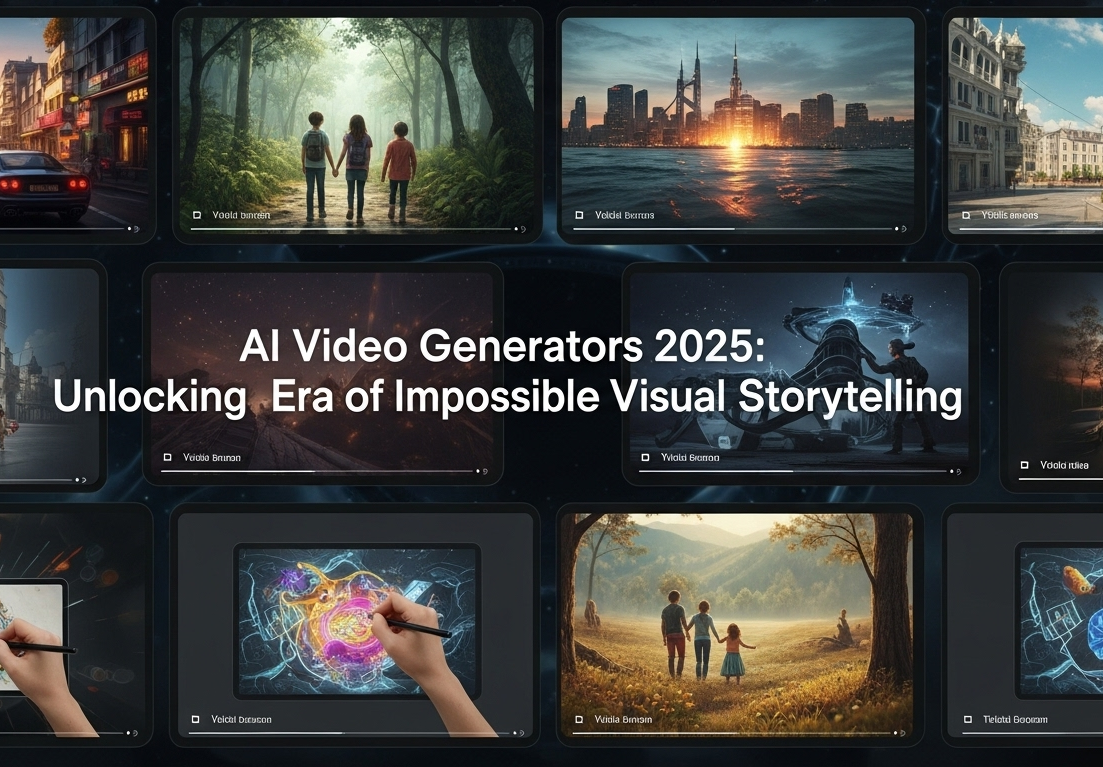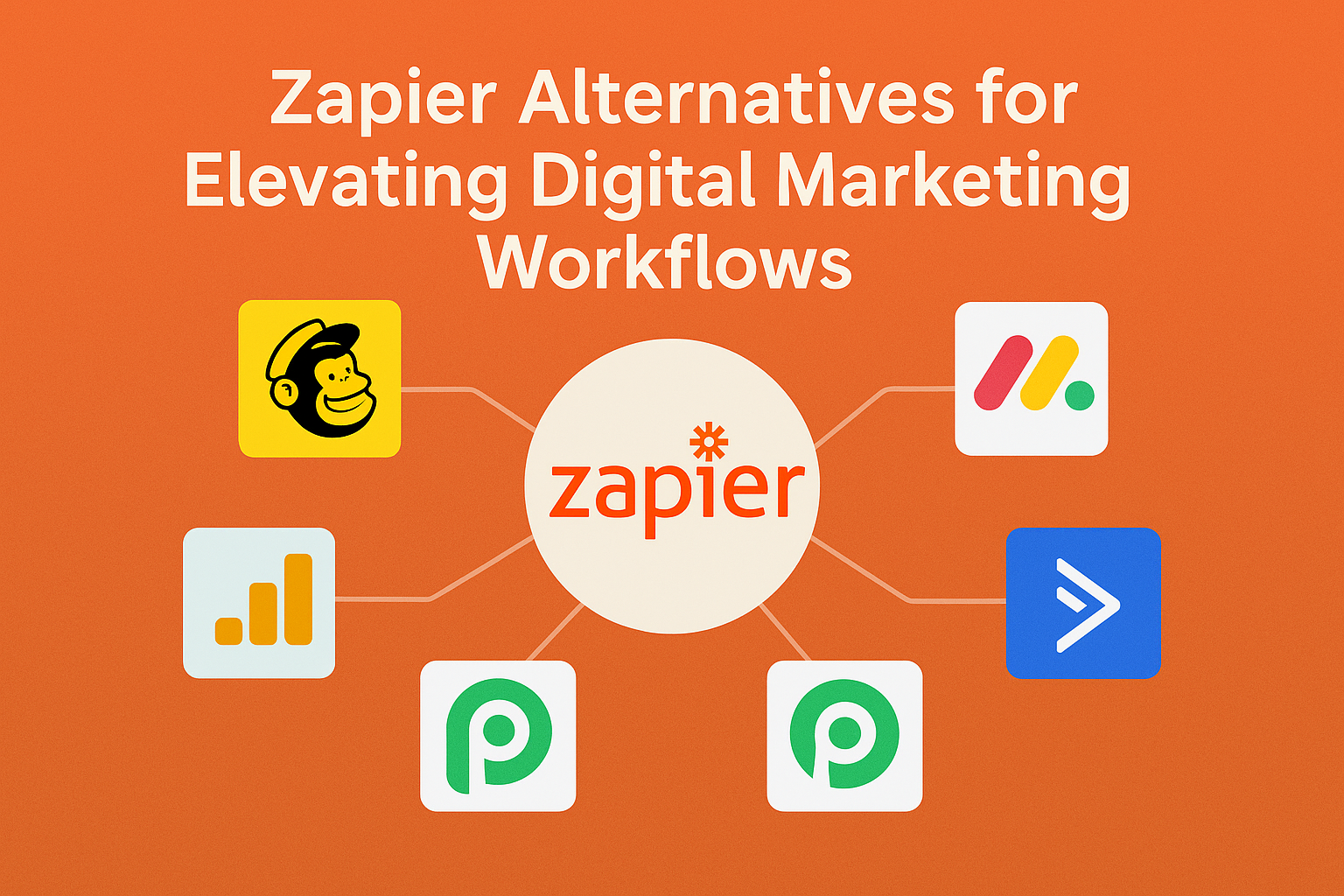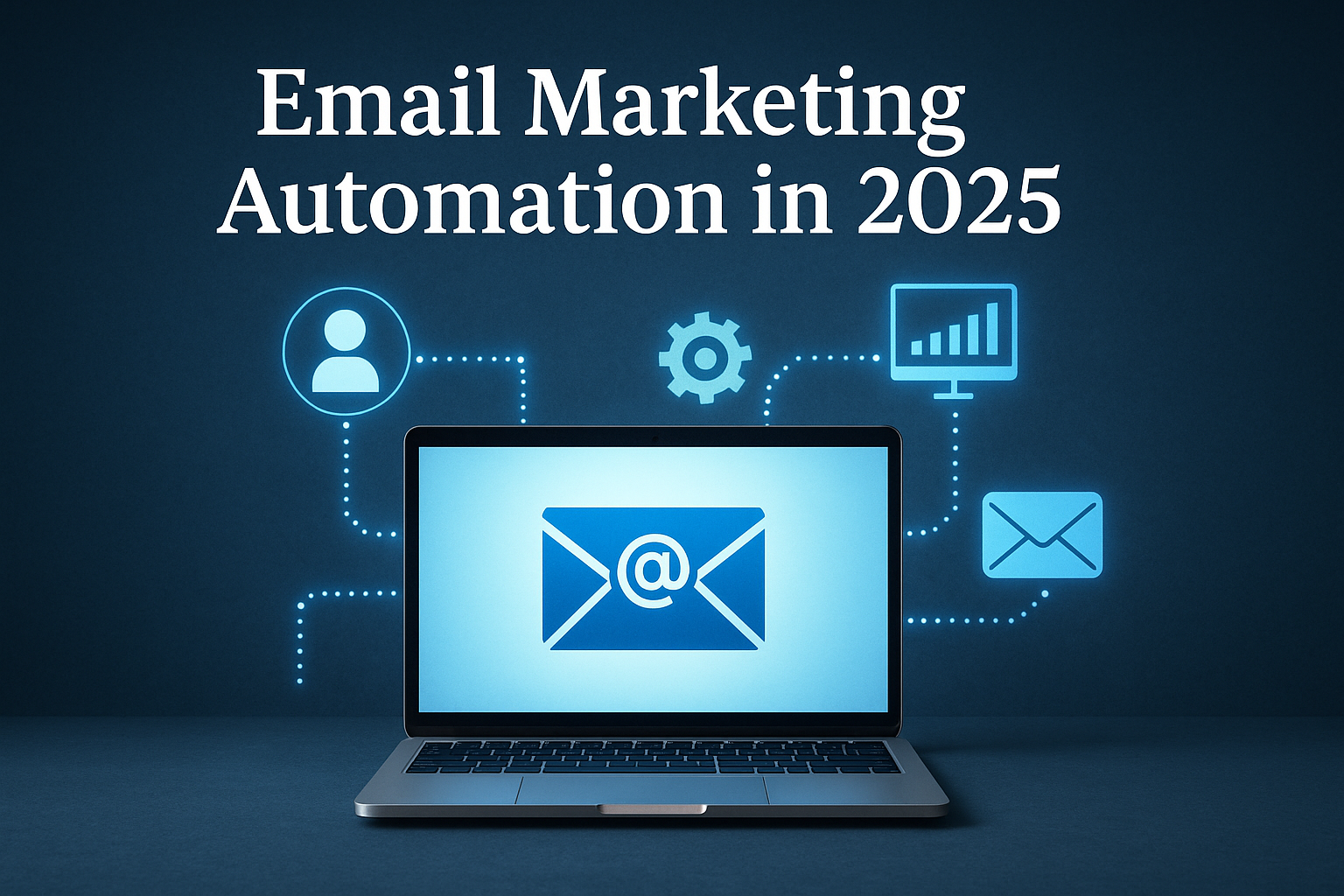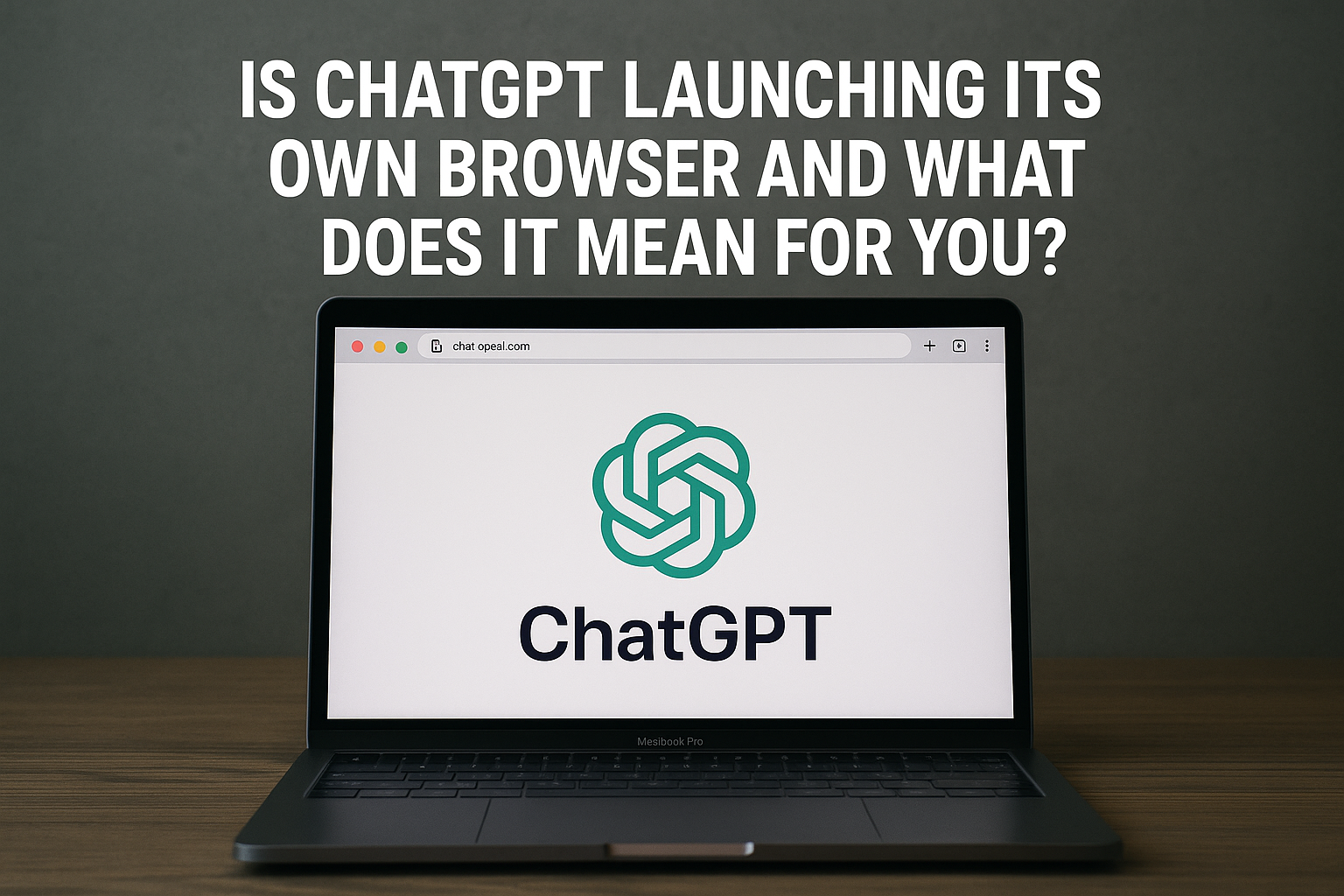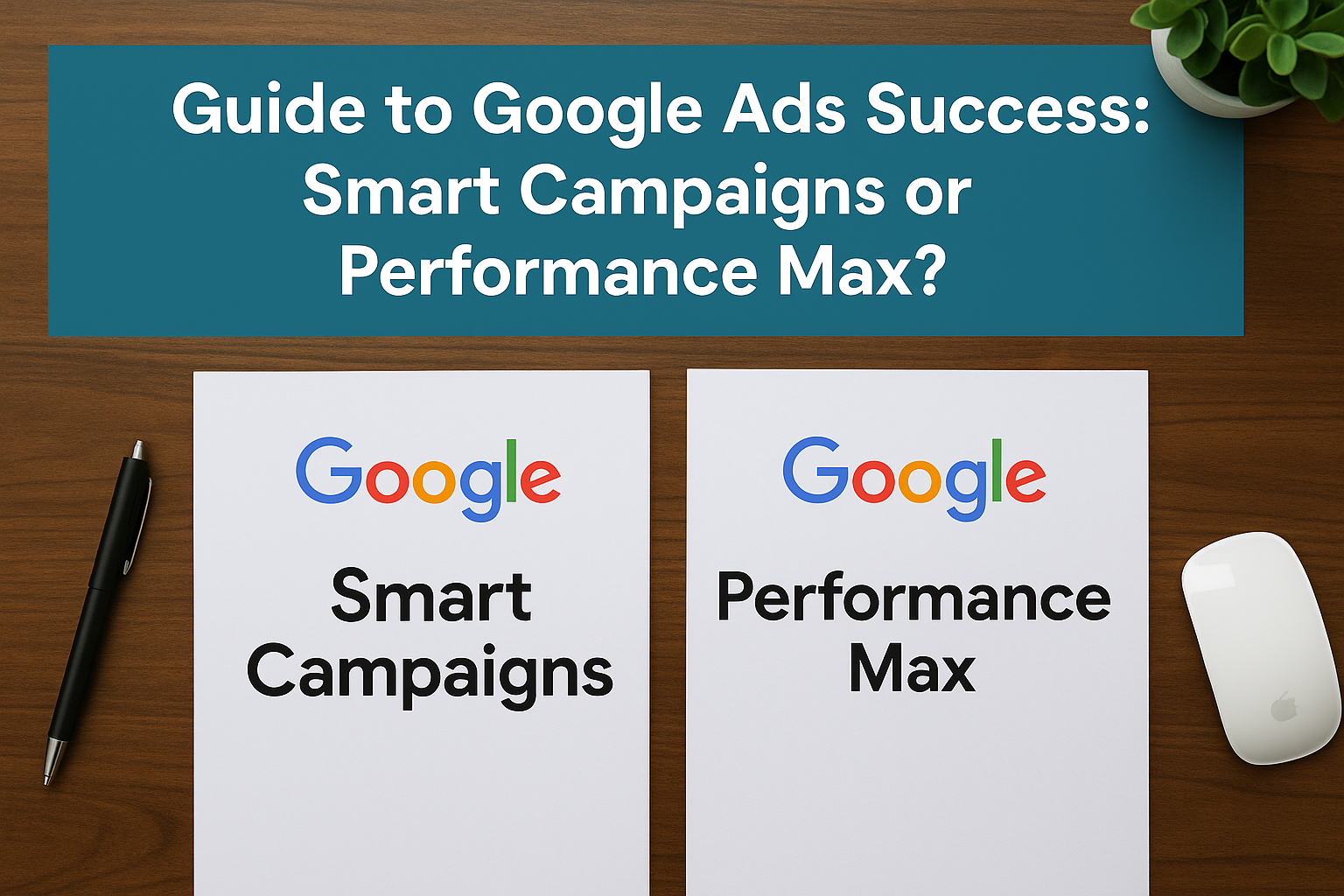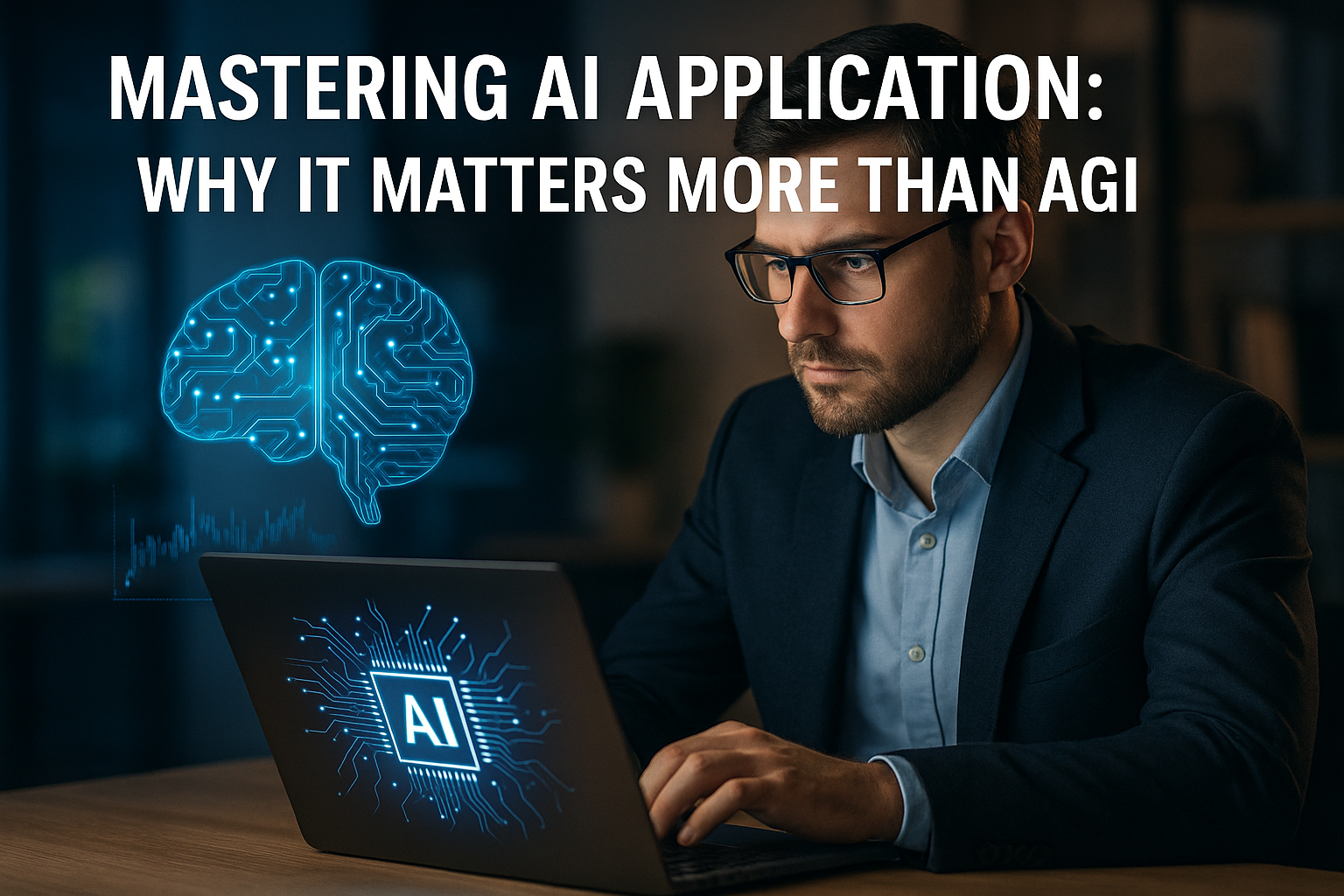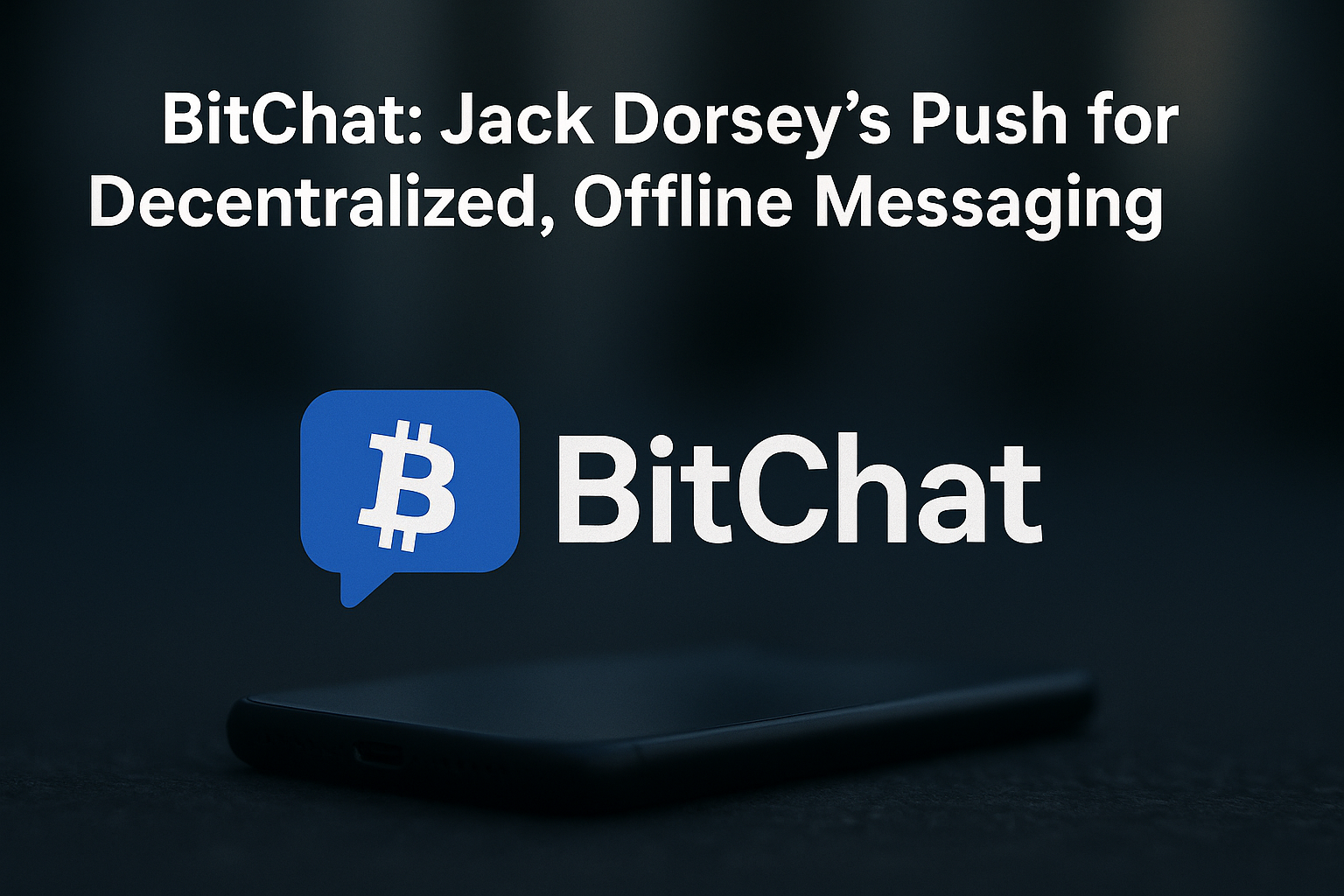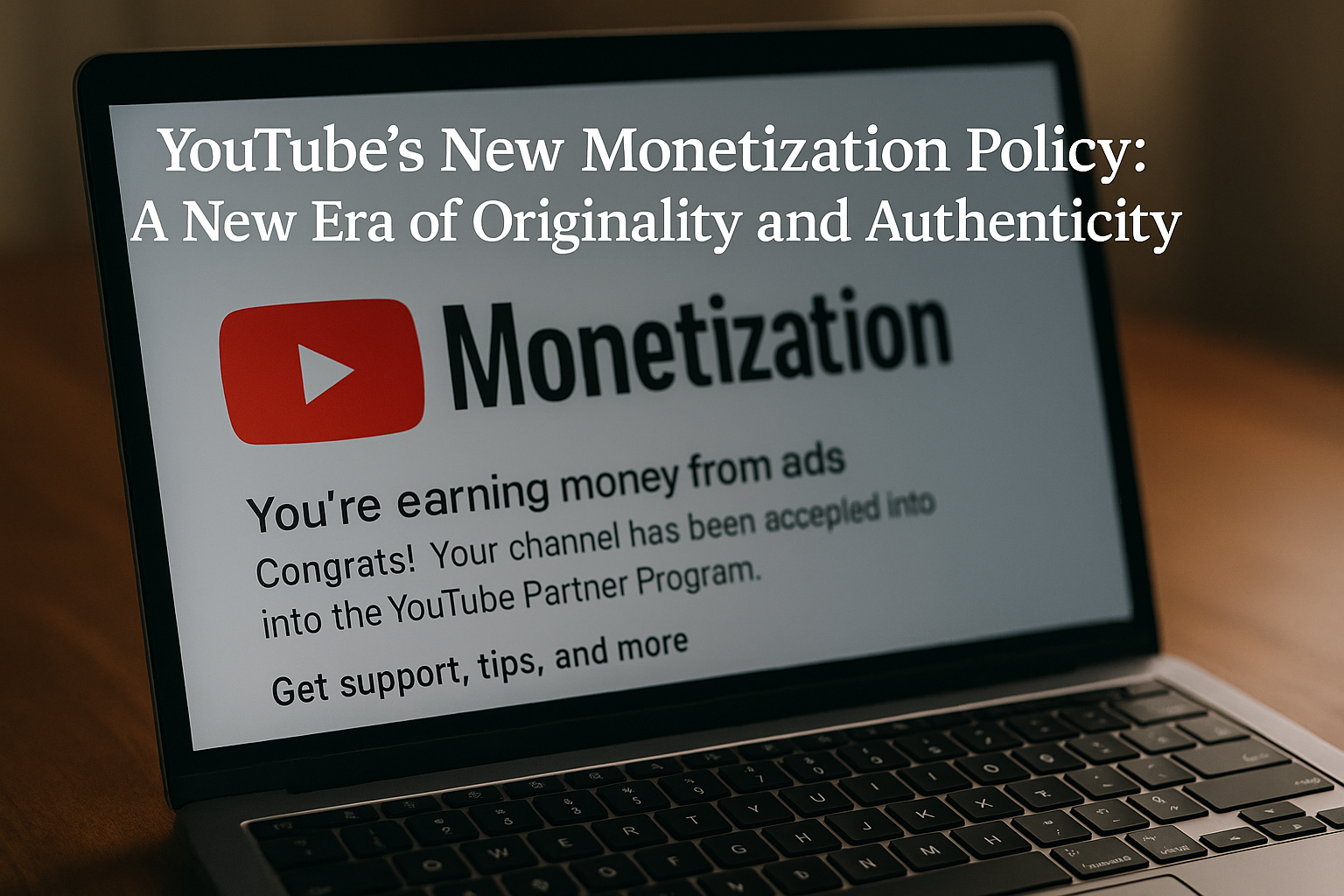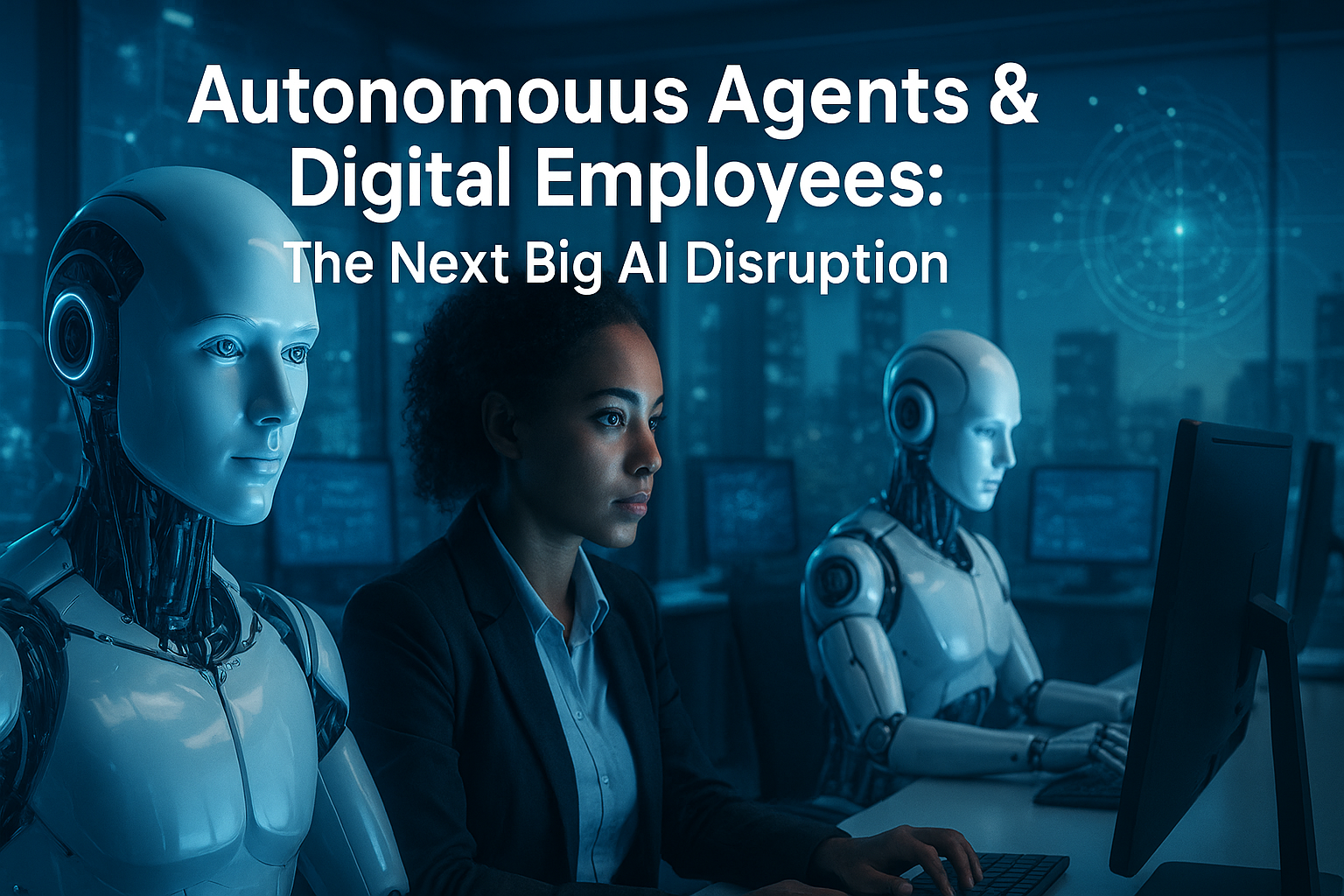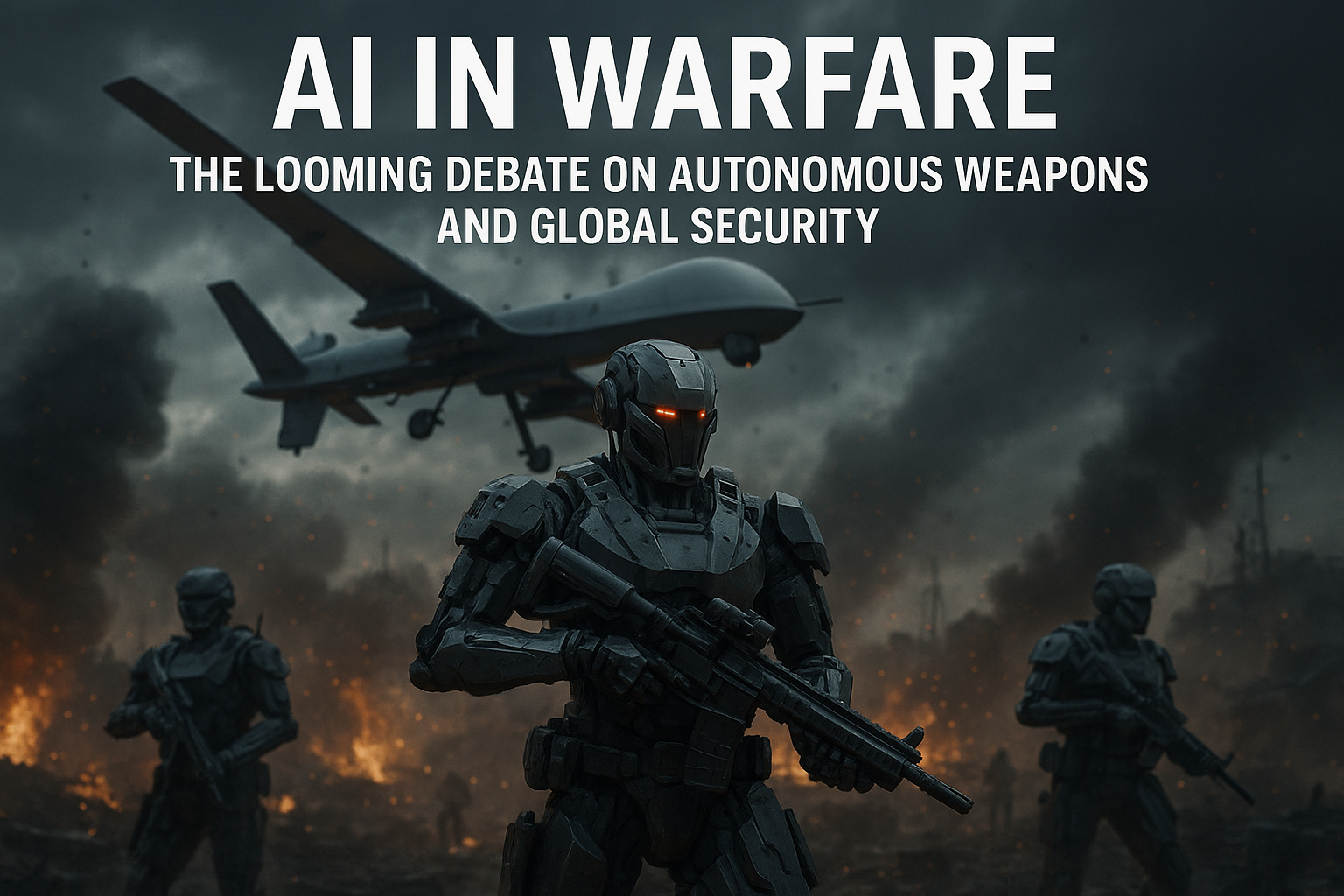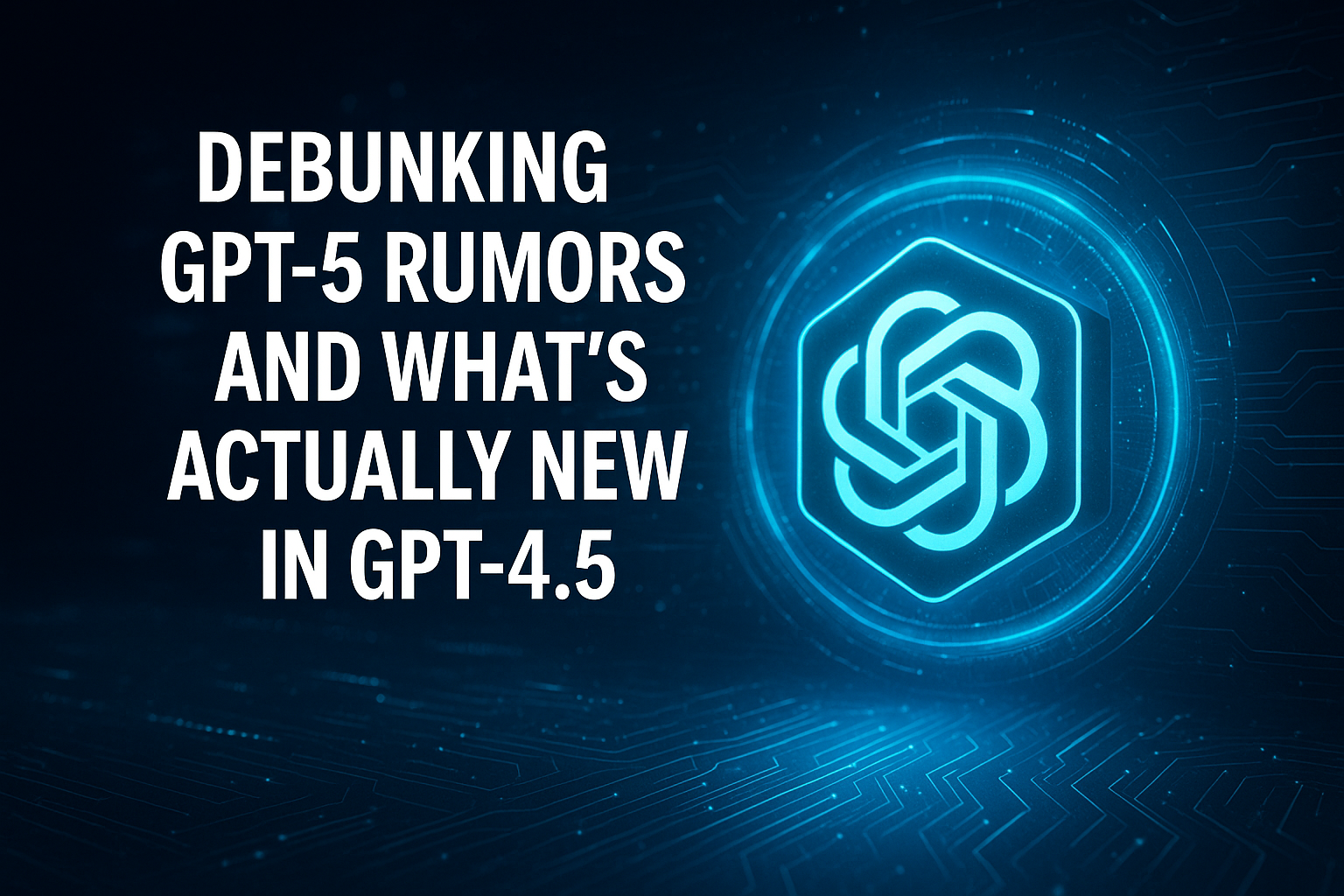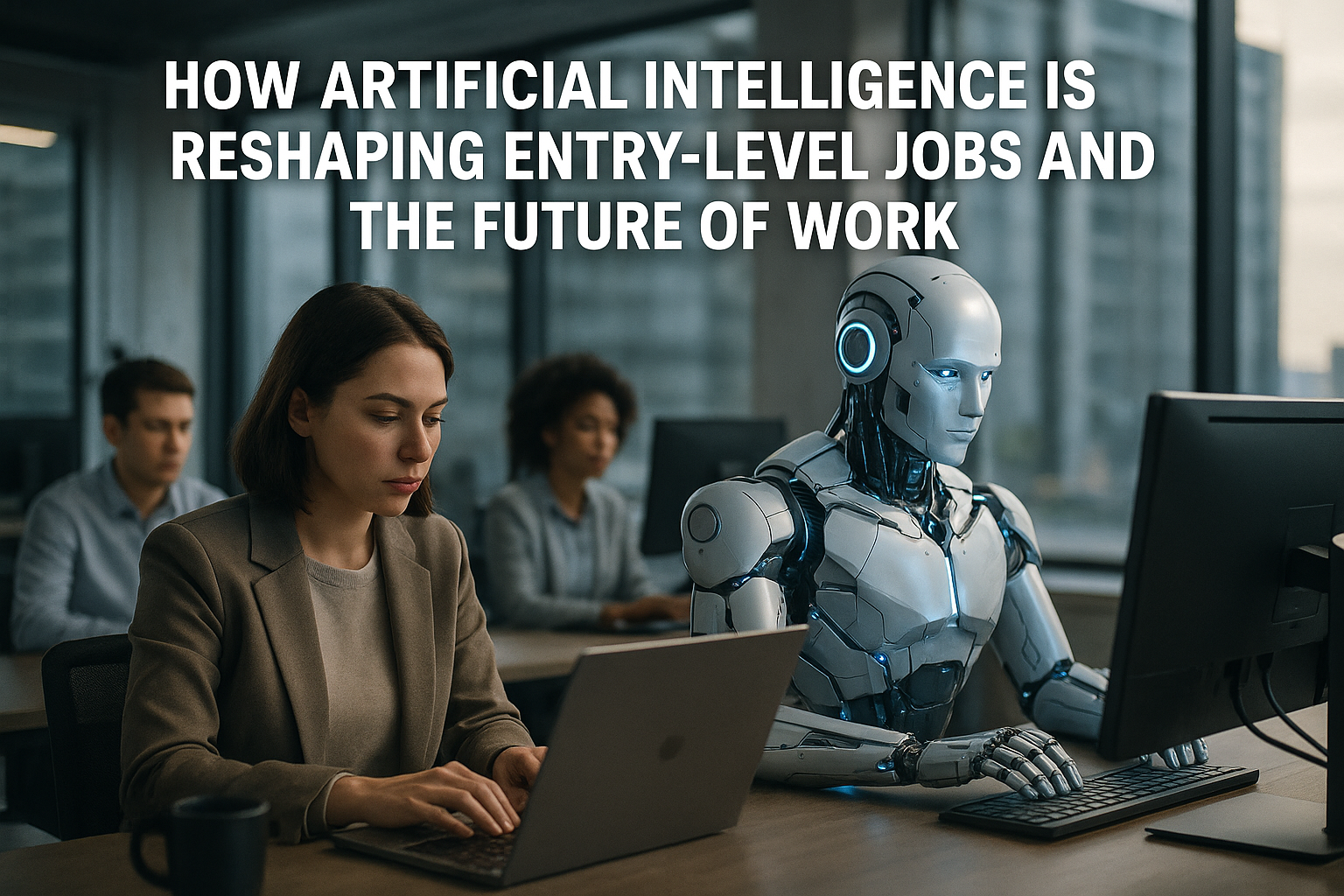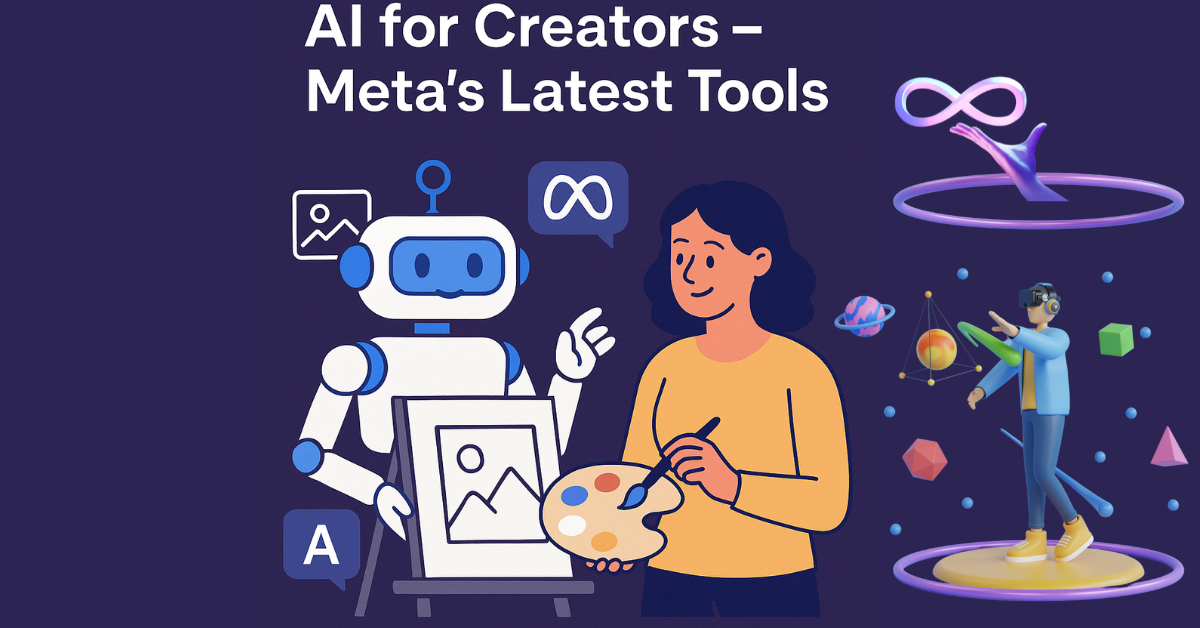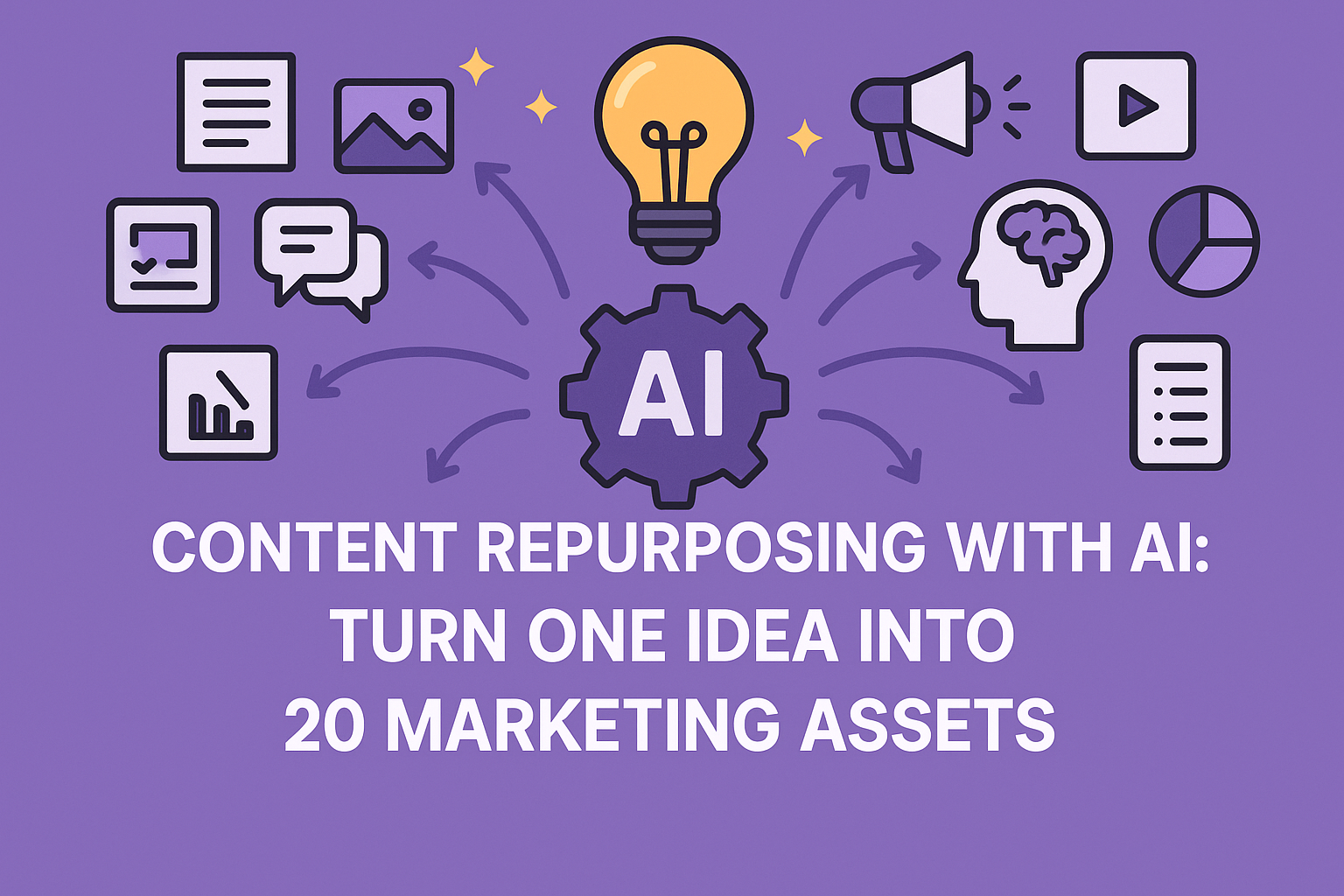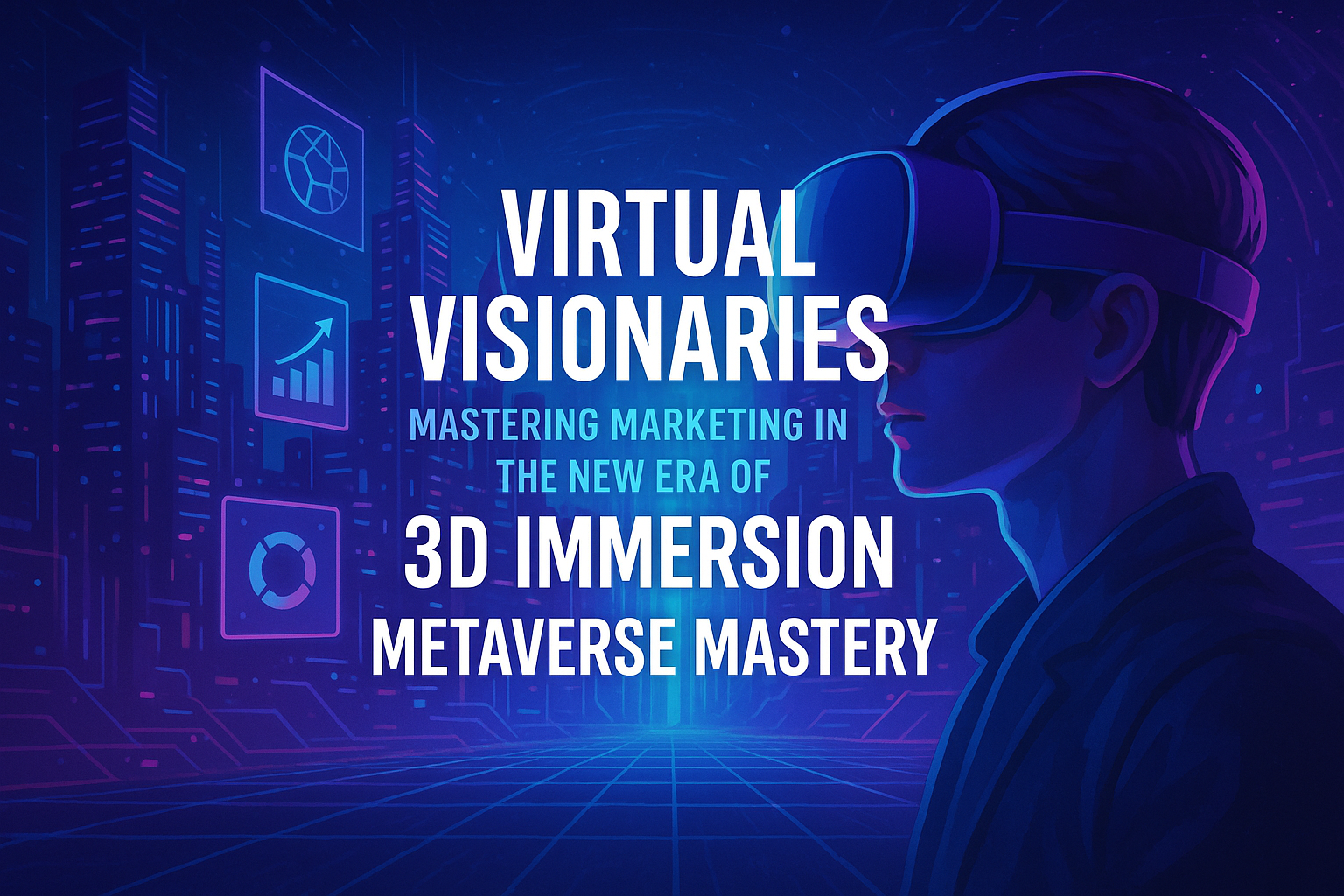Introduction: The Age of Synthetic Reality
We are living in a time when artificial intelligence Video has become capable of creating incredibly realistic content. In 2025, one of the most advanced applications of AI is video generation. Tools like OpenAI’s Sora, Runway Gen-3, Pika Labs, and Synthesia have made it possible to create highly convincing videos from just text prompts, images, or basic voice inputs. From marketing and filmmaking to education and news, AI-generated videos are being adopted in nearly every industry. But this powerful innovation brings with it a major concern: can we really trust what we see anymore?
AI video generators are transforming how content is produced and consumed. With minimal effort, users can generate videos that look real, sound authentic, and mimic human expressions with stunning precision. This ability, while revolutionary, also blurs the line between what is real and what is artificially created. In a world already grappling with misinformation, deepfakes, and digital manipulation, the widespread use of AI video tools raises serious ethical and societal questions.
Understanding AI Video Generators
AI video generators are tools that use machine learning and deep learning models to produce video content. These systems are typically built on powerful neural networks, including transformer-based architectures and diffusion models, which have been trained on massive datasets of videos, images, and text. They can generate entirely new video sequences based on a user’s input, animate static images, simulate realistic motion, and even replicate the speaking patterns and facial expressions of real individuals.
The process begins with the user providing input—this could be a short text prompt like “a man walking on Mars at sunset” or a still image that needs to be animated. The AI then interprets this input, constructs a scene using its learned knowledge, and renders it frame by frame into a coherent video. The results can be highly realistic and often indistinguishable from real footage.
The Leading AI Video Tools in 2025
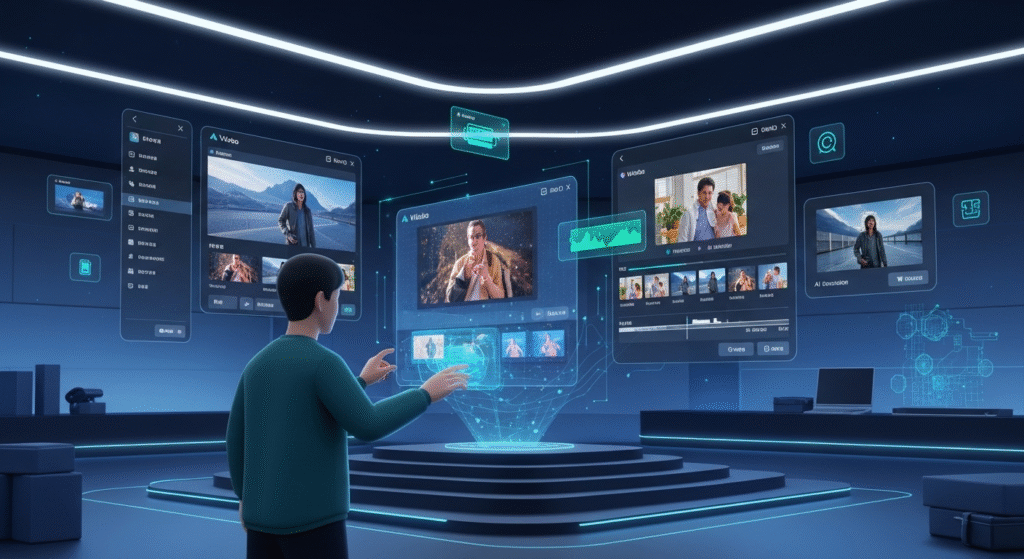
In 2025, several AI video tools dominate the landscape. OpenAI’s Sora stands out for its ability to generate up to 60 seconds of high-definition video from simple text descriptions. It is widely used in creative industries for prototyping, storytelling, and short-form content creation. Sora’s strength lies in its realism and the cinematic quality of its output, making it a favorite among filmmakers and content creators.
Runway Gen-3 Alpha is another powerful tool that enables real-time video editing using AI. It allows users to apply camera movements, adjust scene lighting, and animate characters effortlessly. Runway has become a staple for YouTubers, indie filmmakers, and digital artists looking for fast and flexible production tools.
Pika Labs focuses on generating stylized, aesthetic videos, often with an anime or science fiction flair. Its quick rendering capabilities and creative outputs make it popular for social media content and digital art. Meanwhile, corporate-oriented platforms like Synthesia and HeyGen provide avatar-based video generation solutions ideal for training, marketing, and internal communication. These platforms allow businesses to produce consistent, multilingual video content using AI avatars that can deliver messages in dozens of languages.
Applications of AI-Generated Video
AI video generators are being adopted in a wide range of real-world applications. In education, these tools are used to create engaging learning materials and tutorials. Teachers can generate explainers, visualize historical events, or use avatars to deliver lessons in multiple languages. This is especially useful in remote and underserved regions where access to qualified educators is limited.
In marketing, AI video tools are revolutionizing content creation. Brands can now create product advertisements, social media reels, and promotional videos without the need for cameras, actors, or expensive production teams. A single marketer can produce dozens of campaign variations tailored to different audiences in a matter of hours. This not only saves time and cost but also opens up creative possibilities that were previously out of reach for smaller companies.
The film and entertainment industry is also embracing AI-generated video. Filmmakers use these tools for previsualization, storyboarding, and even full scene generation. Independent creators can bring imaginative concepts to life without needing large budgets. Some AI-generated short films have already been showcased at tech festivals, pushing the boundaries of what is possible in visual storytelling.
In corporate environments, AI video generators streamline the creation of training materials, onboarding guides, and internal announcements. Companies can produce videos in different languages using the same script and avatar, ensuring consistency and scalability. This is particularly beneficial for multinational organizations that need to deliver uniform messaging across regions. Social media influencers and content creators are leveraging AI to produce engaging content at scale. From animated memes and talking avatars to music videos and personalized messages, AI allows creators to keep up with trends and engage their audience without being limited by traditional production constraints.
The Technology Behind AI Video Generation
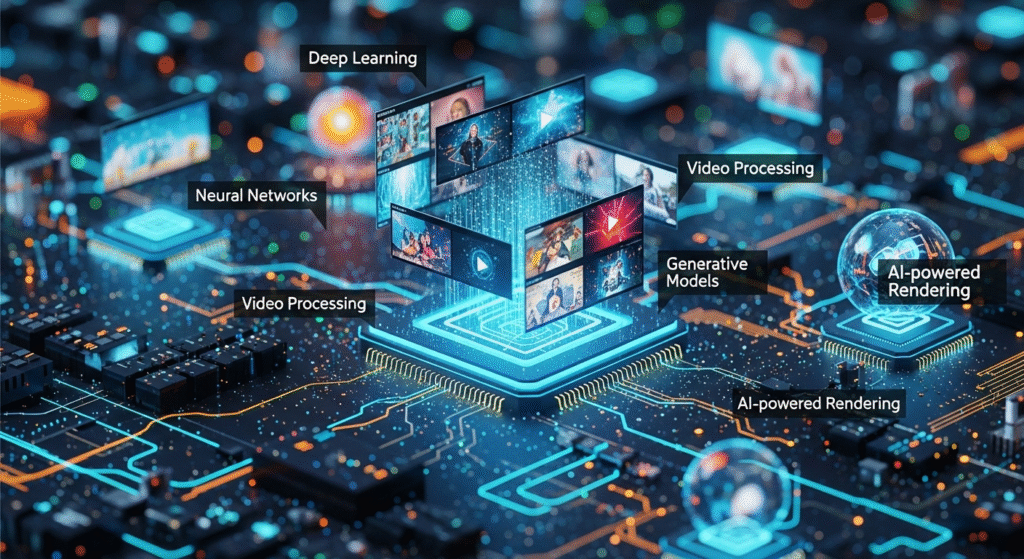
At the core of AI video generation is deep learning technology. These systems are trained on billions of video frames and use models like GANs (Generative Adversarial Networks), diffusion models, and transformers to simulate motion, light, and perspective. The AI learns not only how objects look but also how they move, interact, and respond to environmental changes.
Once trained, the model processes user input—such as text or images—and translates it into a latent space representation of a video. This internal representation includes details about scene composition, character placement, and motion dynamics. The system then renders the video frame by frame, applying sophisticated post-processing techniques to ensure visual consistency and realism.
Voice synthesis and facial animation are handled by separate modules that sync audio with visual expressions. This enables the creation of lifelike avatars that can speak naturally, emote, and maintain eye contact, enhancing the believability of the final output.
The Rise of Deepfakes and Misinformation
While AI video generators offer incredible opportunities, they also pose serious threats. One of the most concerning developments is the rise of deepfakes—videos that convincingly mimic real people saying or doing things they never actually did. In 2025, deepfakes have become more sophisticated and harder to detect, making them a powerful tool for spreading misinformation, conducting fraud, and damaging reputations.
Political deepfakes, fake news reports, and celebrity scandals created using AI have already caused confusion and controversy. Scammers use deepfakes to impersonate company executives during video calls to authorize fraudulent transactions. Criminals exploit AI-generated avatars to bypass biometric authentication or deceive victims into revealing sensitive information.
The psychological impact of seeing is believing has never been more fragile. As synthetic videos become more realistic, distinguishing between truth and fabrication requires a new level of digital literacy.
Ethical and Legal Challenges
The proliferation of AI-generated videos raises important ethical and legal questions. Consent is a major issue—should individuals have the right to control how their likeness is used in AI content? In many countries, the laws are still catching up with technology. The unauthorized use of someone’s face, voice, or identity in a synthetic video can lead to legal disputes and privacy violations.
Copyright ownership is another gray area. Who owns the rights to a video generated entirely by AI? Is it the user who typed the prompt, the company that developed the AI, or does the video fall into the public domain? As AI continues to play a bigger role in content creation, these questions will need clear answers from lawmakers and industry leaders.
Regulatory bodies around the world are beginning to respond. Some jurisdictions have introduced legislation requiring disclosure of AI-generated content. Platforms like YouTube and TikTok are working on tools to label synthetic media and reduce the spread of harmful deepfakes. However, enforcement remains a challenge, especially with open-source tools and decentralized platforms.
Detecting AI-Generated Videos
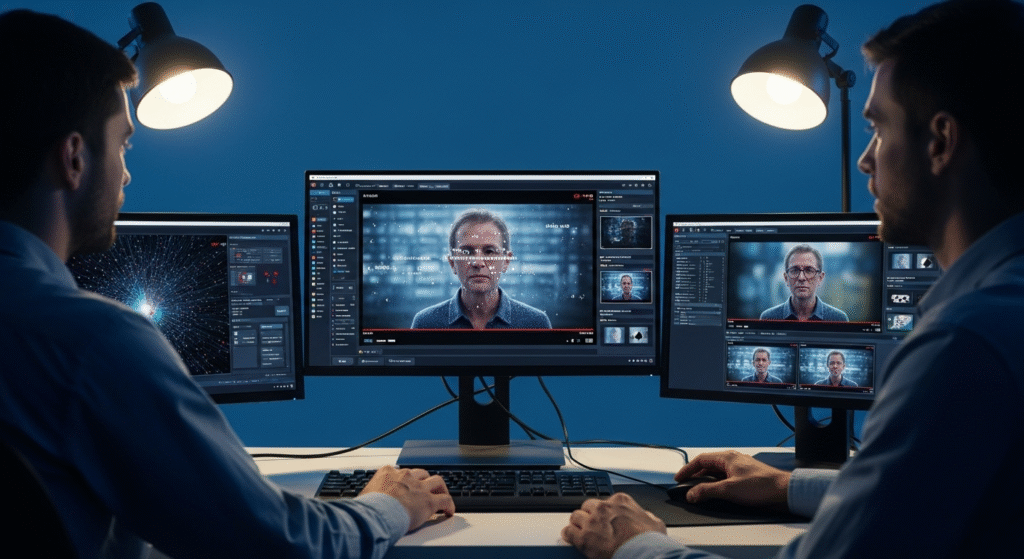
To combat the misuse of AI video generators, researchers and developers are working on tools to detect synthetic media. These include AI-based forensic systems that analyze metadata, inconsistencies in lighting, facial movement anomalies, and other telltale signs of artificial generation. Some companies have implemented invisible watermarks and digital signatures in AI-generated content to verify authenticity.
Public awareness is equally important. Viewers must be educated to approach viral videos with skepticism, especially when the content seems too outrageous or emotionally charged. Simple practices like checking the source, verifying with reputable news outlets, and using reverse image or video search can help prevent the spread of fake content.
The Future of AI-Generated Video
Looking ahead, AI video technology will continue to evolve rapidly. We can expect longer videos with even greater realism, interactive storytelling that responds to viewer choices, and personalized video content tailored to individual preferences. The boundary between user and creator will blur as AI empowers anyone to produce professional-grade video content.
Hyper-personalized media will become the norm. Imagine receiving a daily news summary delivered by a virtual anchor modeled after your favorite celebrity, or watching an explainer video featuring an AI-generated version of yourself. These possibilities, while exciting, will require careful regulation to protect against manipulation and abuse.
Filmmakers, educators, marketers, and journalists will need to adapt to this new era of visual content. Authenticity, transparency, and ethical use will be the cornerstones of trust in a world where not everything that looks real actually is.
Conclusion: Seeing is No Longer Believing
AI video generators are one of the most powerful technological innovations of our time. They are democratizing content creation, enhancing education, transforming marketing, and enabling new forms of storytelling. But with their power comes the responsibility to use them wisely. In 2025, the question isn’t just about what AI can create—it’s about what we can trust. The line between reality and simulation is becoming thinner, and as consumers of digital content, we must stay informed, critical, and vigilant. In this brave new world of synthetic media, seeing is no longer believing—it’s only the beginning of questioning.learn more about AI-Generated Videos with Zealimpact

